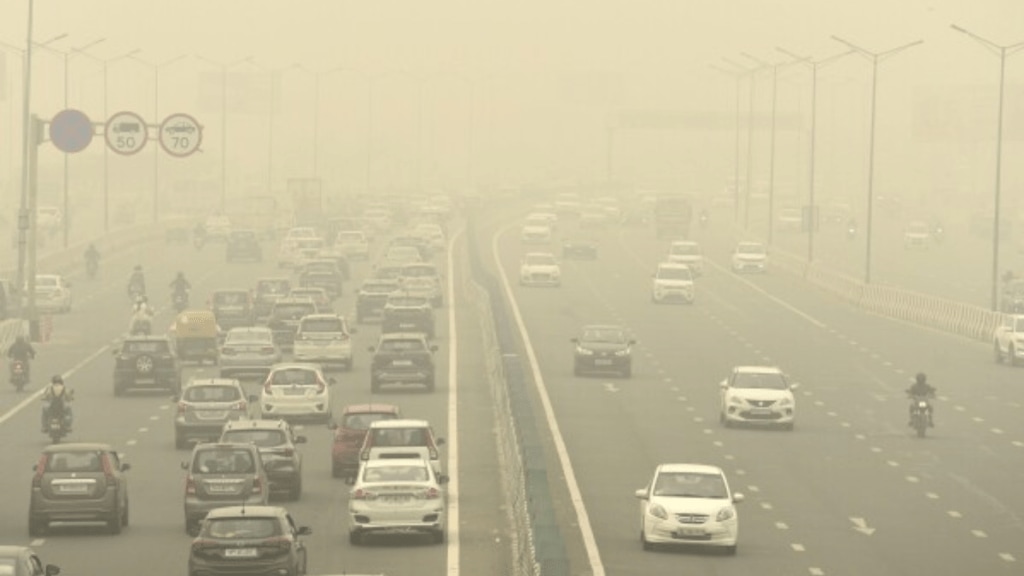Thirteen of the world’s 20 most polluted cities are in India, with Byrnihat in Assam ranking as the most polluted globally, according to the World Air Quality Report 2024 released by Swiss air quality technology company IQAir on Tuesday.
The report also revealed that Delhi remains the world’s most polluted capital city, while India ranked as the fifth most polluted country in 2024, dropping from third place in 2023. Meanwhile, four cities in Pakistan and one in China also made it to the top 20 list of the most polluted cities worldwide.
Despite India witnessing a 7% decline in PM2.5 concentrations—from 54.4 micrograms per cubic metre in 2023 to 50.6 micrograms per cubic metre in 2024—air pollution remains a pressing issue. In Delhi, pollution worsened, with PM2.5 levels rising from 102.4 micrograms per cubic metre in 2023 to 108.3 micrograms per cubic metre in 2024.
Indian Cities Dominate Pollution Rankings
The Indian cities that ranked among the world’s top 20 most polluted cities include:
- Byrnihat (Assam)
- Delhi
- Mullanpur (Punjab)
- Faridabad
- Loni
- Gurugram
- Ganganagar
- Greater Noida
- Bhiwadi
- Muzaffarnagar
- Hanumangarh
- Noida
Causes and Impact of Air Pollution
The high pollution levels in Byrnihat, located on the Assam-Meghalaya border, are attributed to emissions from local factories, distilleries, iron, and steel plants. Meanwhile, Delhi’s air quality deteriorates due to vehicular emissions, industrial pollution, paddy-straw burning, firecrackers, and unfavourable winter weather conditions.
According to the report, 35% of Indian cities recorded PM2.5 levels over 10 times the WHO limit of 5 micrograms per cubic metre. Air pollution is estimated to reduce life expectancy in India by 5.2 years, posing serious health risks. A Lancet Planetary Health study previously estimated that 1.5 million deaths in India between 2009 and 2019 were linked to prolonged PM2.5 exposure.
Experts Call for Urgent Action
Former WHO chief scientist Soumya Swaminathan highlighted India’s progress in air quality monitoring but stressed the need for concrete action. She suggested expanding the LPG subsidy scheme to replace biomass cooking fuels and strengthening public transport to reduce vehicular emissions.
“A mix of incentives and penalties is necessary, along with strict enforcement of industrial emission laws,” she told PTI, emphasizing that factories and construction sites must comply with regulations instead of bypassing them.
